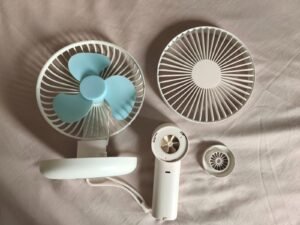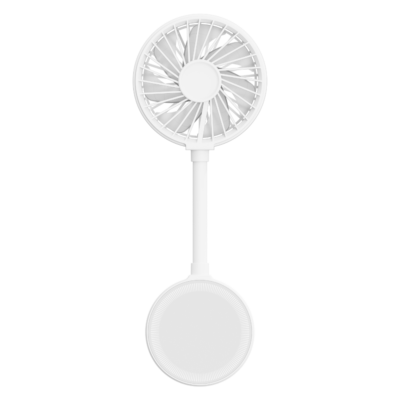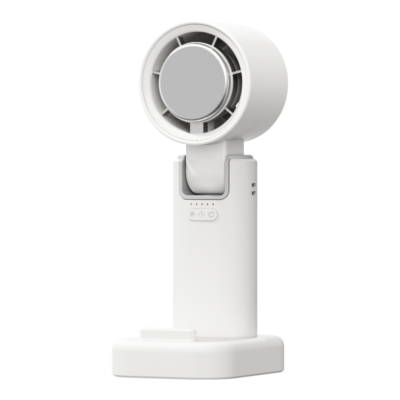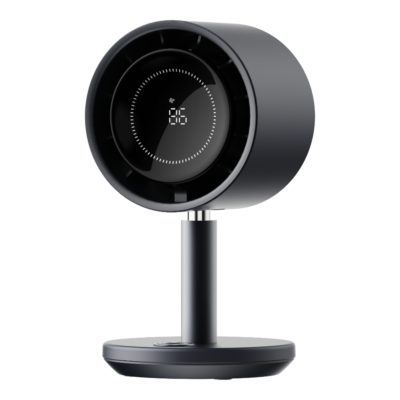The 19th century was a transformative period for fans, marked by significant technological advancements and changes in societal needs. This era saw the transition from manual to mechanized fans, with the introduction of steam and electric power revolutionizing how fans were used and perceived. From their role in industrial settings to their continued presence in domestic life, fans evolved to meet the demands of a rapidly industrializing world.
Early Innovations: Steam Power
Industrial Applications
William Brunton
Image source: Alchetron
Before the widespread use of electricity, steam power was a crucial innovation in fan technology. In the mid-19th century, steam-driven fans were used for industrial purposes, such as ventilation in mines and factories. One notable example is the 6-meter radius steam-driven fan designed by William Brunton in 1849 for the Gelly Gaer Colliery in South Wales. This technology improved working conditions by providing better airflow and reducing heat.
Domestic Use

David Boswell Reid
Image source: Scottish Engineering Hall of Fame
In domestic settings, steam power was less common due to its complexity and safety concerns. However, experiments with steam-powered fans in homes did occur, such as David Boswell Reid’s installation of steam-powered fans in St George’s Hospital in Liverpool in 1851. These early experiments laid the groundwork for future innovations in fan technology.
The Advent of Electricity
Schuyler Skaats Wheeler and the Electric Fan
Schuyler Skaats Wheeler and the electric fan
Images sources: Wikiwand and ETHW
The invention of the electric fan by Schuyler Skaats Wheeler in 1882 marked a pivotal moment in fan history. This innovation introduced a more efficient, quieter, and safer alternative to steam power. Initially marketed by the Crocker & Curtis Electric Motor Co., electric fans quickly gained popularity as electricity became more widespread.
Philip H. Diehl and Ceiling Fans
Philip H. Diehl and the ceiling fan
Images sources: International Sewing Machine Collectors’ Society and
ASME.org (x.com)
Philip H. Diehl further expanded on Wheeler’s invention by developing the first electric ceiling fan in 1882, which he patented in 1887. Ceiling fans became a staple in many homes, offering a more efficient way to circulate air compared to traditional floor fans.
Mass Production and Accessibility
Machine Manufacture of Fan Sticks
In the mid-19th century, Alphonse Baude perfected the machine manufacture of fan sticks in 18596. This led to mass production, making fans more affordable for the general public. However, this shift from artisanal craftsmanship to mass production reduced the fan’s status as an art object, prompting concerns in art circles.
Exhibitions and Quality Fan Production
To counteract the decline in fan design quality, exhibitions were organized in London from 1868 onwards to promote better design standards6. Firms like Alexandre in Paris and Duvelleroy in England dominated high-quality fan production, often creating fans for royalty.
Cultural and Social Impact
Fans continued to play a significant role in social and cultural contexts. In Europe, fans remained a fashion accessory and a means of communication, though their status as luxury items began to wane with mass production. In industrial settings, fans improved working conditions by enhancing ventilation and reducing heat, contributing to increased productivity and worker safety.
Conclusion
The 19th century was a transformative period for fans, marked by technological innovations and changes in societal needs. From steam power to electricity, fans evolved to meet the demands of industrialization and domestic life. As we move into the 20th century, we will explore how fans continued to adapt to new technologies and societal changes, paving the way for the modern fans we use today.
Ready to experience the next step in the evolution of fans?
The journey from steam-powered ventilation to electric ceiling fans has paved the way for smarter, more efficient air solutions — and now, you can bring that legacy of innovation into your own home.
The 360º Air Circulator Fan combines sleek modern design with powerful circulation technology to keep your space cool, comfortable, and energy-efficient all year round. Whether you’re working, relaxing, or sleeping, it ensures consistent airflow exactly where you need it. Pre-order now for $98 and save $50 until 1 May!
Stay tuned for the next article in this series, where we delve into the 20th century and explore how fans became integral to modern living and technology.

















